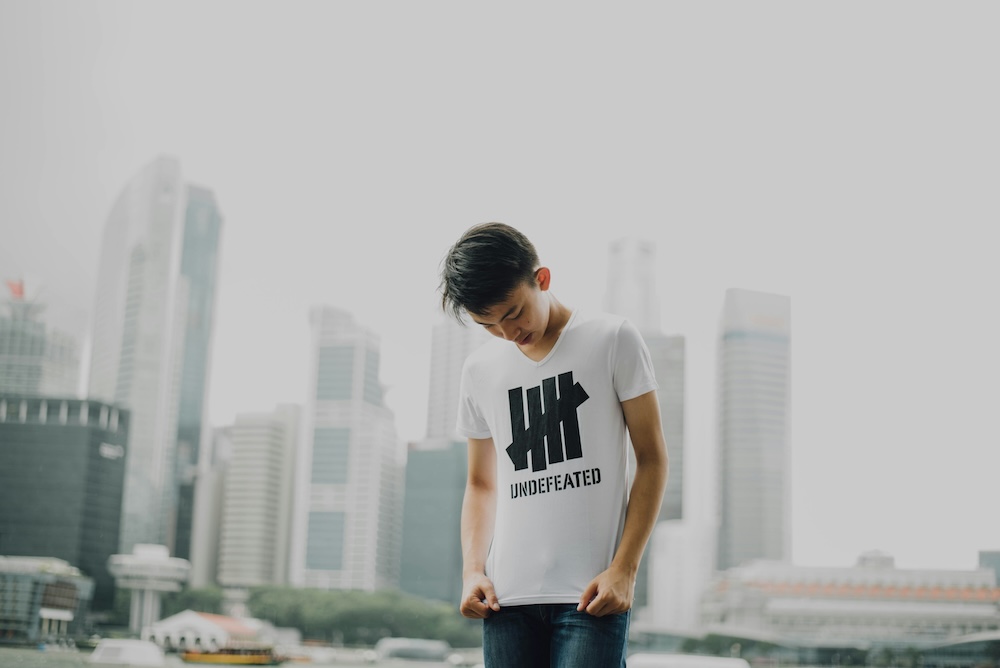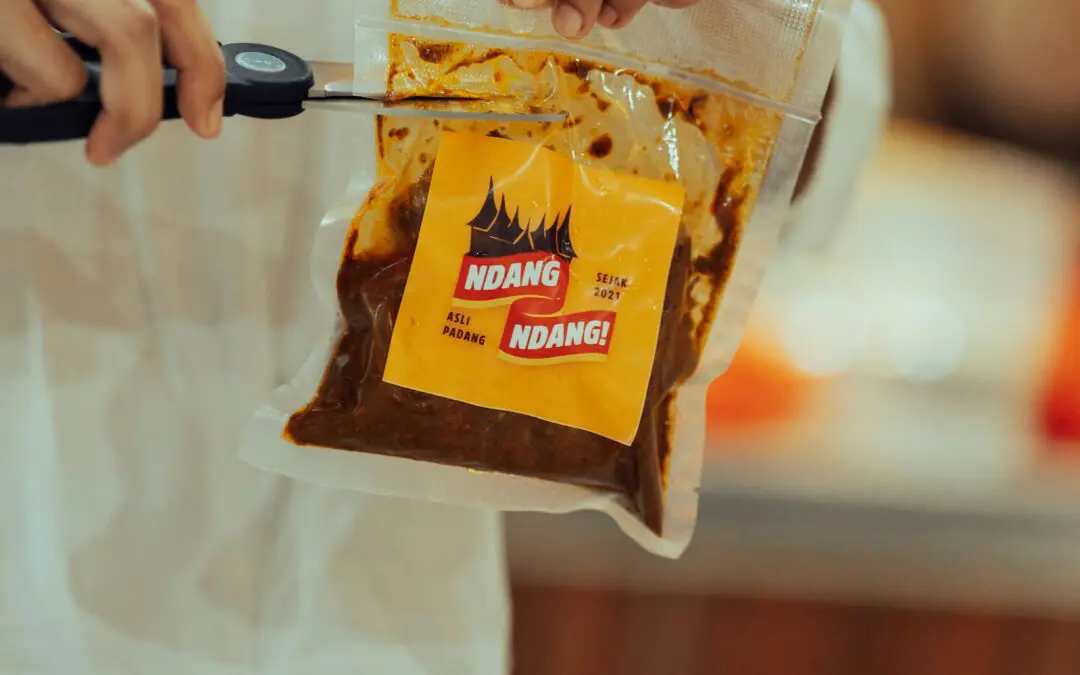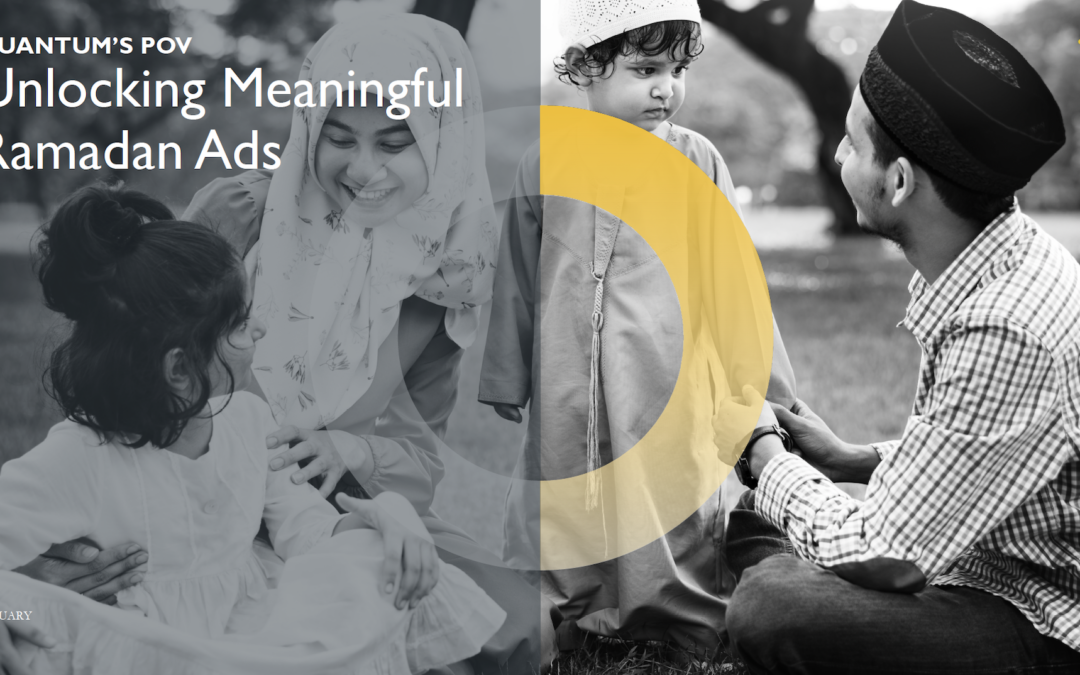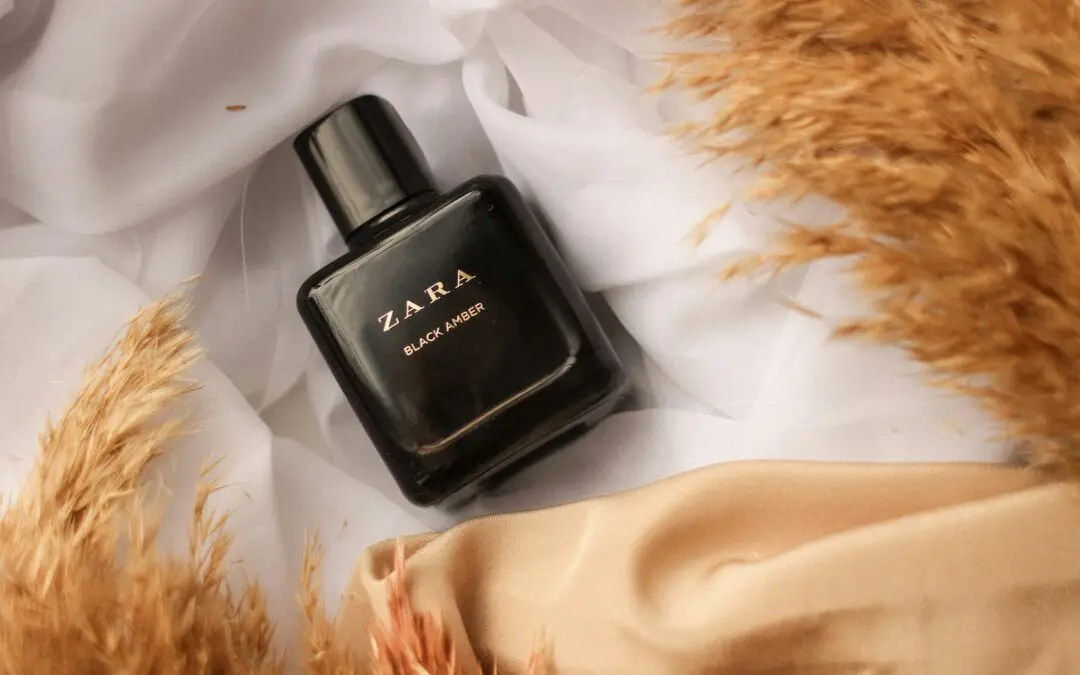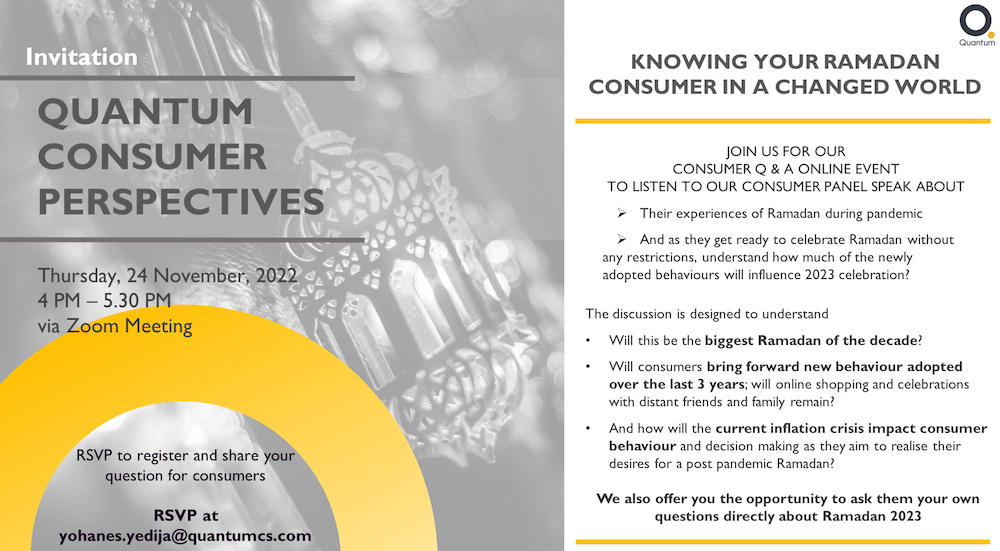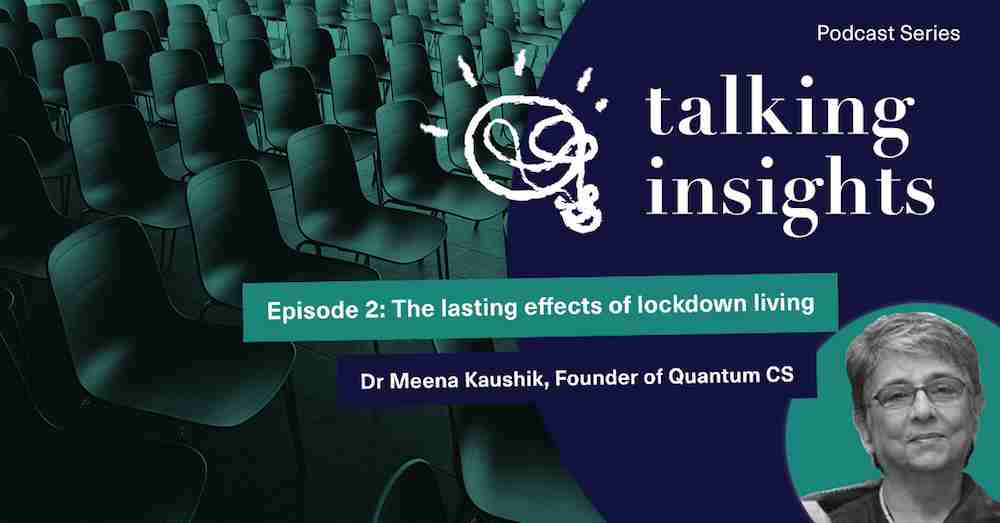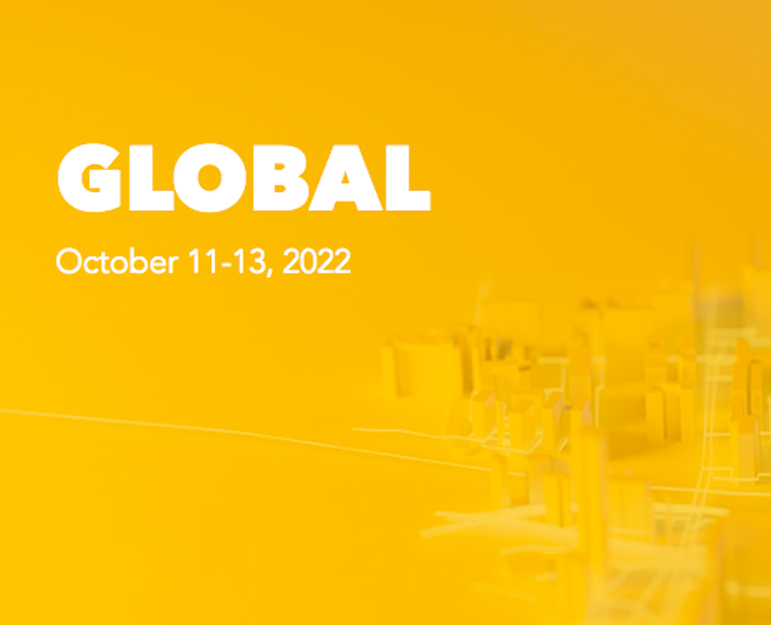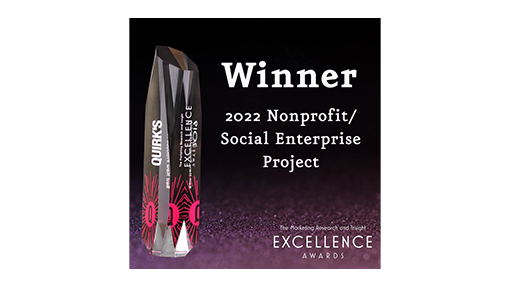
Quantum Consumer Solutions
What We Do
Clients reach out for Quantum consulting and Quantum market research services to resolve vexing issues that range from unravelling tough problems to creating interesting futures.
Our Services:
Human Insights
Imagining Futures
Innovation Pipeline
Healthcare
Purpose & Planet
Financial Services
Brand Strategy
Technology
Business Consulting
Fashion & Beauty
Consumer Goods

Our Team
Much more than a market research company we are a collective of anthropologists, semioticians, historians, behavioural economists, strategists, entrepreneurs, designers, and more. Our shared values & purpose influence the work that we do, with the aim of putting humans at the centre of brand futures.

Our Thinking
Published Articles
Consumer Pulse
Webinars
Seminars
Podcasts
Awards
Talk to us
Whether you’re after market research services to unlock the cultural context of consumer behaviour, or simply to discuss how we can help you, get in touch.




